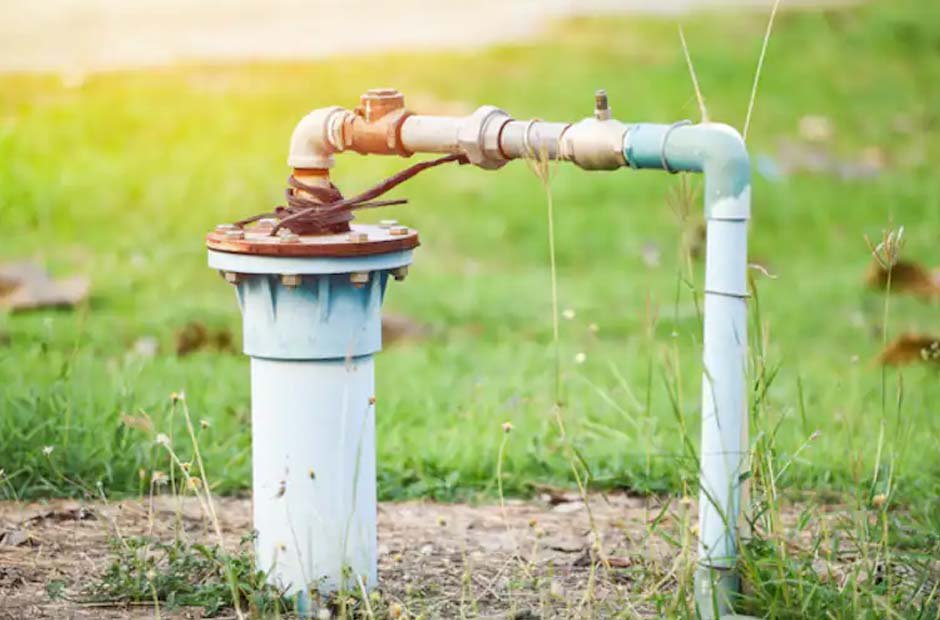Having a well for your home can provide numerous benefits, such as a reliable water source, independence from municipal water supplies, and potentially lower utility costs. However, before deciding to drill a well, it’s crucial to understand the process, maintenance requirements, and associated costs.
This article will explore everything you need to know about drilling a well for your home, its upkeep, and details on getting an estimate. You can also visit the provided link to learn more about the answer to the question, “how much does it cost to dig a well?”
Table of Contents
The Well Drilling Process
Drilling a well involves several essential steps. Here’s a more detailed overview of the process:
Site Evaluation: A professional well driller assesses the location to determine its suitability for drilling. Factors like water availability, geological conditions, and legal requirements are taken into account. They will examine the topography and soil composition and conduct hydrogeological studies to identify potential water sources.
Permitting and Legal Considerations: Before drilling commences, you may need to obtain permits and comply with local regulations. These requirements vary by jurisdiction, so it’s essential to contact your local authorities or a licensed well driller to understand the specific regulations in your area. They will guide you through the permitting process and ensure compliance.
Drilling Equipment and Techniques: Well drillers utilize specialized equipment such as rotary, cable, or hydraulic drills, depending on the geological conditions. The chosen drilling technique will depend on factors like the depth of the aquifer, soil composition, and water quality requirements. The drilling process involves the continuous removal of soil or rock cuttings from the borehole until the desired depth is reached.
Well Casing and Completion: A casing is installed to prevent surface water or soil contamination once the desired water depth is reached. The casing is typically made of steel or plastic and is inserted into the borehole. The well is then completed by installing a pump, pressure tank, and control systems. These components are necessary for water extraction and distribution to your home.
Well Upkeep and Maintenance
Proper maintenance is crucial to ensuring the longevity and efficiency of your well. Consider the following aspects of well maintenance:
Regular Testing: Periodic water quality testing is essential to monitor for any potential contaminants or changes in the water composition. This includes testing for bacteria, nitrates, pH levels, and other relevant parameters. Consulting with a water testing laboratory will provide you with specific guidelines and ensure your water remains safe for consumption.
Annual Inspections: Have your well inspected by a professional annually to check for any mechanical issues, signs of wear and tear, or potential sources of contamination. They can also evaluate the pump’s performance and electrical components. Regular inspections help identify and address potential problems before they escalate, ensuring the optimal functioning of your well system.
Preventive Measures: Implement preventive measures to safeguard your well, such as ensuring proper drainage away from the wellhead, avoiding the use of pesticides or harmful chemicals near the well, and regularly inspecting the well cap for tightness and integrity. Taking these precautions will minimize the risk of contaminants infiltrating your water supply.
Pump Maintenance: Follow the manufacturer’s guidelines for pump maintenance, which typically include regular cleaning, lubrication, and checking the pressure tank and switches. Be vigilant and promptly address any unusual noises, changes in water pressure, or other signs of pump malfunction. Regular maintenance will extend the lifespan of your pump and ensure a consistent water supply.
Cost Considerations
The cost of drilling a well can vary depending on several factors, including location, drilling technique, and depth. Here’s a breakdown of the potential expenses involved:
Initial Costs: The initial costs typically include site evaluation, permitting, and drilling fees. These can range from a few thousand to tens of thousands of dollars, depending on the complexity of the project. Factors such as the depth of the well, geological conditions, and the availability of suitable drilling equipment will influence the overall cost.
Equipment and Installation: Additional expenses include well casing, pump installation, pressure tank, control systems, and electrical connections. The cost can vary significantly based on the depth of the well and the desired water flow rate. High-quality equipment and professional installation are essential for a reliable and efficient well system.
Maintenance and Upkeep: Over time, well maintenance costs will include regular testing, inspections, and any necessary repairs. Setting aside an annual budget to cover these expenses is recommended. The frequency and extent of maintenance required will depend on various factors, such as water quality, the age of the well system, and environmental conditions.
Energy Consumption: It’s essential to consider the long-term energy costs associated with running the well pump. Submersible pumps, for example, may require more electricity than shallow well jet pumps. This cost varies based on your location, energy rates, and pump efficiency. Opting for energy-efficient equipment and implementing water conservation practices can reduce your overall energy consumption.
Average Costs for Digging a Well in Phoenix
An Arizona well can cost significantly more to dig than in other parts of the country. The main reason for this is that the soil can be hard and difficult to drill into. State regulations and requirements for digging also impact the price. Due to the state’s limited water supply, additional costs and considerations can also add up.
The cost to dig a well varies depending on the particulars of your situation, but it ranges from around $27 to $58 per foot drilled. This does not include the costs for pumps, plumbing, and power that need to be installed between the well and your home.
A Well Can Be The Solution To Your Needs
Ultimately, drilling a well for your home provides a reliable water source and increased independence. However, it is essential to consider the initial costs, ongoing maintenance, and energy consumption associated with a well system.
Regular upkeep, water testing, and annual inspections are necessary to ensure the well’s longevity and water quality. While the initial costs of drilling a well can be substantial, the long-term benefits and potential savings make it a worthwhile investment for many homeowners. By understanding the drilling process and properly maintaining your well, you can enjoy a reliable and safe water supply for years to come.










